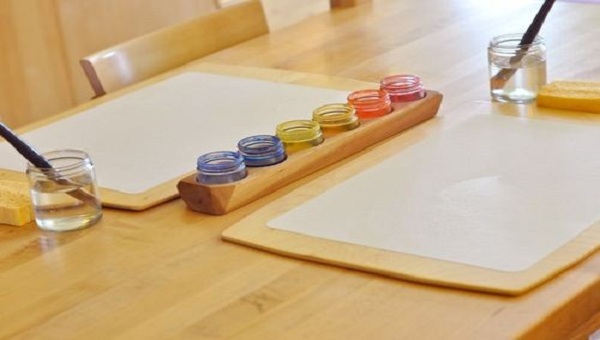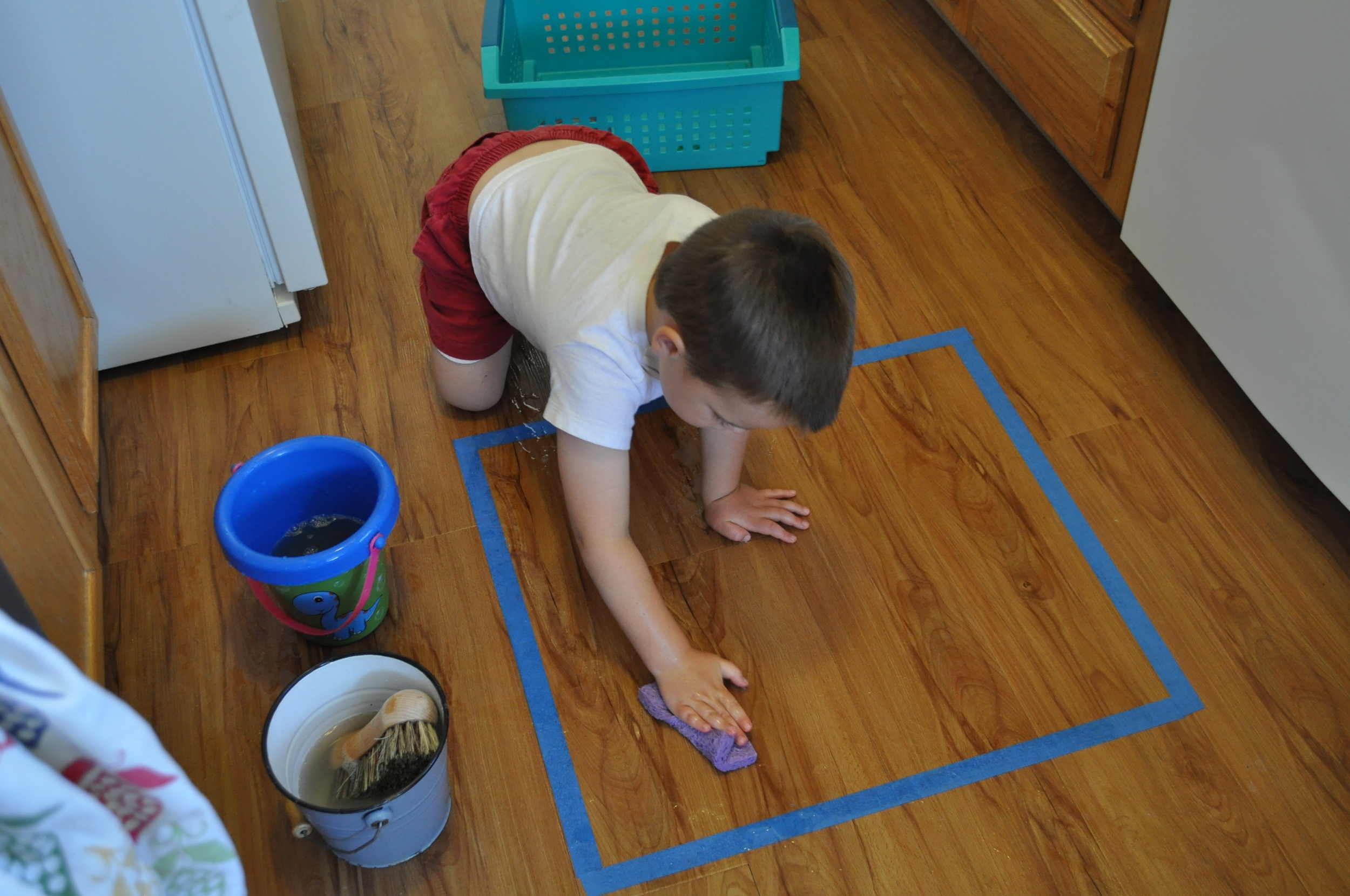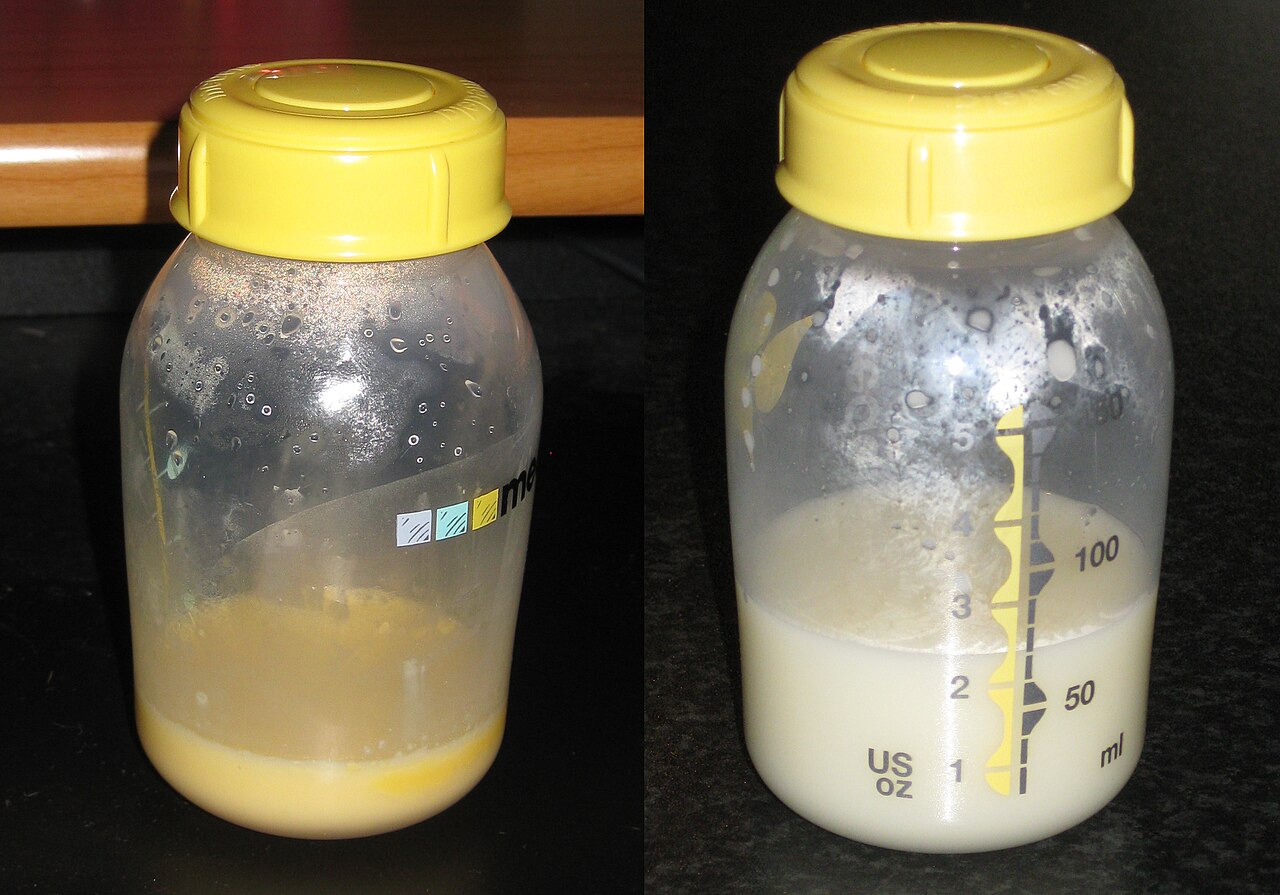August is "Back to School" Month for many at The Motherhood Collective. We were happy to share this post last year and thought the suggestions were so great, we'd share it again! Even if your child isn't heading back to the classroom, we hope that these thoughts on transition will inspire you. ~TMC
---
 Whether you're homeschooling, co-oping, or sending your child to school; your life is about to adjust a bit with the beginning of school! The key to making it a seamless transition is spending some time in preparation! That word "preparation" sometimes sounds like a scary one to me. We have 3 kids (10, 8, and 5). This is my first year with all three kids in school which is a major life change for me. I've had someone with me for almost 11 years, so the first couple days of school have been very emotional. This season is a stressful, but exciting time for each of us!
Whether you're homeschooling, co-oping, or sending your child to school; your life is about to adjust a bit with the beginning of school! The key to making it a seamless transition is spending some time in preparation! That word "preparation" sometimes sounds like a scary one to me. We have 3 kids (10, 8, and 5). This is my first year with all three kids in school which is a major life change for me. I've had someone with me for almost 11 years, so the first couple days of school have been very emotional. This season is a stressful, but exciting time for each of us!
A goal in our house is to find balance in all areas of our life: emotional, physical, and spiritual. Facing this new season takes our job as moms to a new focus. Here are a few tips to help you prepare for a seamless transition and a happy home.
Plan your breakfasts:
I fall into the routine of letting my kids have cereal and fruit each morning, but this year I am challenging myself to wake up earlier and fix them a healthy breakfast (realistically a few times a week). Kids need a balance of protein, whole grains and good omega oils to get their days started. Try making them a green smoothie each morning, a fresh juice, some whole grain muffins, buckwheat pancakes, homemade granola or local eggs and 100% whole grain or gluten free toast.
Incorporating omega oils such as chia seeds, flax seeds and other sources have been known to help children behaviorally and mentally. One study says: Supplements of omega-3 and omega-6 oils can improve the behavior of rowdy kids and help language skills, researchers from England have found.During five months, 65 children with behavioral problems were given a daily supplement of omega-3 fish oil in combination with evening primrose oil (omega-6).
 Be creative with their lunchbox:
There are so many great ideas out there, especially on pinterest, for lunchboxes. Don’t be satisfied with good old PB&J everyday.. although they will probably have it once a week at my house. With just a little thought and changing around ingredients to make their lunchbox more interesting, your kids will enjoy new real foods without any trouble. Introduce a new veggie or fruit each week. Don’t forget a little note from time to time.
Be creative with their lunchbox:
There are so many great ideas out there, especially on pinterest, for lunchboxes. Don’t be satisfied with good old PB&J everyday.. although they will probably have it once a week at my house. With just a little thought and changing around ingredients to make their lunchbox more interesting, your kids will enjoy new real foods without any trouble. Introduce a new veggie or fruit each week. Don’t forget a little note from time to time.
Allow time for some exercise:
Fall sports leagues, good ol’ playing outside, or a family walk are all good ways for your child to decompress from a day of using their minds. Being part of a team teaches them many valuable lessons as well. Personally, I have a hard time with teams because our kids are gone for so much of our day. I would really like them to be home with us in the evenings. But I have found that each child claiming one season is do-able for us. We would go to our son’s baseball practices and games together as a family.
 Plan family dinners:
According to an article in TIME magazine: Studies show that the more often families eat together, the less likely kids are to smoke, drink, do drugs, get depressed, develop eating disorders and consider suicide, and the more likely they are to do well in school, delay having sex, eat their vegetables, learn big words and know which fork to use.
Plan family dinners:
According to an article in TIME magazine: Studies show that the more often families eat together, the less likely kids are to smoke, drink, do drugs, get depressed, develop eating disorders and consider suicide, and the more likely they are to do well in school, delay having sex, eat their vegetables, learn big words and know which fork to use.
An older mom once told me she would prep most of her meals while the children were at school, or do crockpot recipes, so that when her children came home from school her attention would be on them and not dinner. When it is time for dinner, include your children in preparing it. This teaches both responsibility, independence, and a new skill set!
You don’t have to make an elaborate meal, but try doing a Meatless Monday, Taco Tuesday, or Wacky Wednesday. Our family enjoys "cooking through the nations". Finding new foods from other cultures and making a theme out of dinner not only helps me prepare, but makes it special for the kids. Having a set theme each week will alleviate the stress of meal planning (which I have not mastered yet!).
Come up with a few questions you consistently ask your kids about their day. Allow them to share their happy and sad times while teaching them about the healthy foods they’re eating. Talk about where the food came from and how it was harvested. Give thanks for real food together.
 Rest!
Rest is not idleness. But it is a time where we stop, relax and enjoy one another. Disconnect from electronics! Reading together, playing games together or walking together allows your child to connect with you emotionally as well as, decompress from a day of mental focus. Allow a day per weekend to really rest and do what your family enjoys most. Many families in our culture do not understand how to rest. We run from event to event, party to party, sport to sport. If we stop for a moment, we can learn so much from one another and care for the emotions that our family is experiencing.
Rest!
Rest is not idleness. But it is a time where we stop, relax and enjoy one another. Disconnect from electronics! Reading together, playing games together or walking together allows your child to connect with you emotionally as well as, decompress from a day of mental focus. Allow a day per weekend to really rest and do what your family enjoys most. Many families in our culture do not understand how to rest. We run from event to event, party to party, sport to sport. If we stop for a moment, we can learn so much from one another and care for the emotions that our family is experiencing.
Back to school time is not just about helping their minds, it's about their emotions and their physical development! By feeding your children healthy, real foods and exercising their bodies, they will be strong physically. With your time writing notes, reading to them, and meals shared together, their emotions are free to develop appropriately. May your back to school days be a special time for your family!
Thank you for allowing me to share these thoughts with you! For more on this subject and others, please check out my website www.puregoodness.net!
 We met sweet Carrie after the birth of her first son, and had the privilege of walking alongside her during her second pregnancy! After observing all the ways in which she naturally encouraged and supported her fellow mothers, we asked her to come on board as our Director of Hospitality in the Spring of 2013.
We met sweet Carrie after the birth of her first son, and had the privilege of walking alongside her during her second pregnancy! After observing all the ways in which she naturally encouraged and supported her fellow mothers, we asked her to come on board as our Director of Hospitality in the Spring of 2013.









 Ingredients:
A handful of mint - (Clearly cooking isn't always an exact science.)
7-9 black tea bags
1 gallon of water
Your "sweetening" preference - sugar, honey, pixie sticks, etc.
Ingredients:
A handful of mint - (Clearly cooking isn't always an exact science.)
7-9 black tea bags
1 gallon of water
Your "sweetening" preference - sugar, honey, pixie sticks, etc.













 I feel like I have tried every green smoothie recipe known to man. I love them all. My toddler, not so much. He’ll drink it, but only ever half, and sometimes with bribing. I know, I know. Many of you are aware that I’m a big fan of Baby-Led Weaning. And bribing isn’t a word in their vocabulary. But I just get so excited about the rawness and goodness of these drinks! And in my opinion, what’s not to like, right?
I finally thought that maybe I was adding too much. Maybe the flavor palette was overwhelming him. So I simplified, but still left the greens :). He downs it now, and also has no idea that I put his probiotic in there ;). It is now tasty, cheap, and easy.
I feel like I have tried every green smoothie recipe known to man. I love them all. My toddler, not so much. He’ll drink it, but only ever half, and sometimes with bribing. I know, I know. Many of you are aware that I’m a big fan of Baby-Led Weaning. And bribing isn’t a word in their vocabulary. But I just get so excited about the rawness and goodness of these drinks! And in my opinion, what’s not to like, right?
I finally thought that maybe I was adding too much. Maybe the flavor palette was overwhelming him. So I simplified, but still left the greens :). He downs it now, and also has no idea that I put his probiotic in there ;). It is now tasty, cheap, and easy.











 The colostrum composition changes as your baby gets older, day one colostrum is not the same as day two or day three. Your colostrum and milk change weekly, daily and even hourly to perfectly provide your baby’s needs. The perfect unique nutritional needs of your baby will never go unmet when nursing. Some of these nutritional values include: allergy immunity components, laxative components, and long chain fatty acids. What are all of these things and why does your newborn need them?
The colostrum composition changes as your baby gets older, day one colostrum is not the same as day two or day three. Your colostrum and milk change weekly, daily and even hourly to perfectly provide your baby’s needs. The perfect unique nutritional needs of your baby will never go unmet when nursing. Some of these nutritional values include: allergy immunity components, laxative components, and long chain fatty acids. What are all of these things and why does your newborn need them?